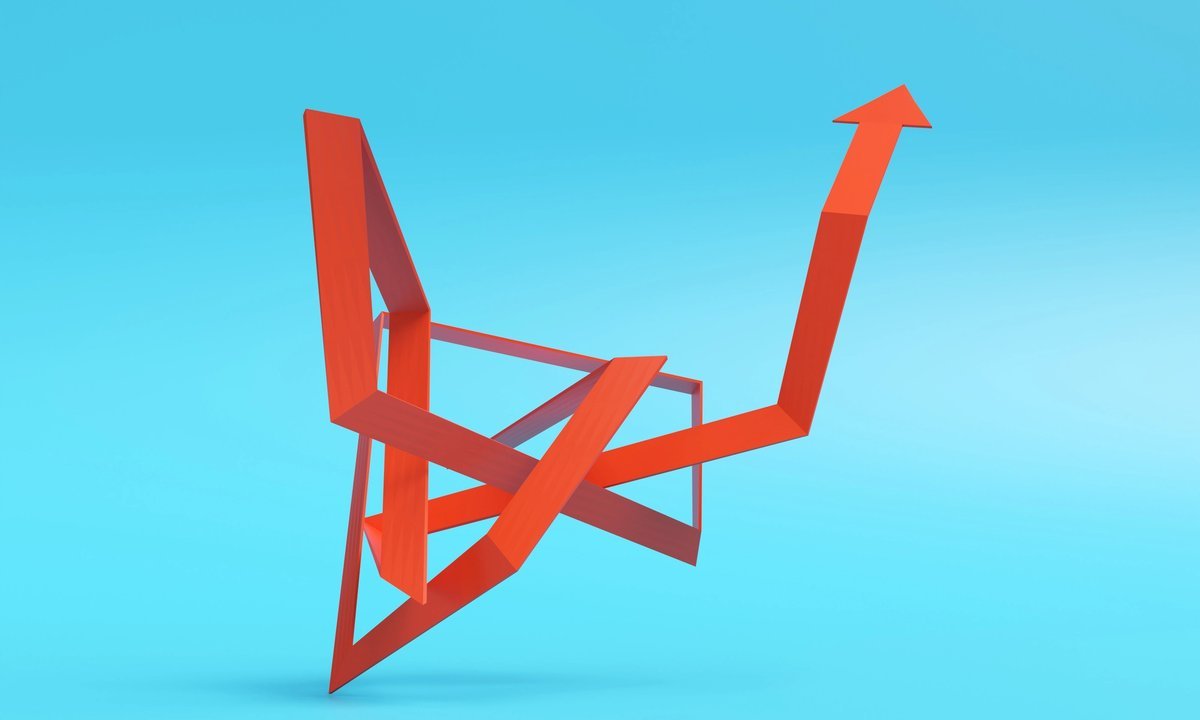It has been around 18 months since art trade professionals began talking to one another about the business as if it were a loved one in a coma: How bad do you think it is? Any sense of how much longer it will last? Heard of any real signs of improvement?
The lead-up to practically every major art market event since mid-May 2023 has nonetheless included some mild optimism that this time the buyers could start spending big again. But concrete reasons for why, exactly, things should change have been scarce. Sentiment and psychology certainly play major roles in shaping the art market, but no amount of wishful thinking is enough to spark a recovery on its own.
The US offers at least some tangible justifications for hope. On 18 September, the Federal Reserve not only cut its benchmark interest rates for the first time since March 2020 but did so by 0.5%, instead of the expected 0.25%, after domestic inflation reached 2.6%, its lowest point in more than three years, this August.
Contrary to popular belief, the outcome of November’s presidential election should be irrelevant to the art trade as long as the rule of law holds. Since around 2013, the overall trajectory for every major American stock market index has been up and to the right, at a pronounced angle, no matter which party controlled the White House. The investor class (which is also the collector class) will benefit somewhat more under one candidate than the other in 2024, but the nation’s commitment to nearly unbridled capitalism is secure regardless.
Circumstances are less encouraging in the next two richest regional art markets. Reports have projected that thousands of millionaires could abandon the UK for good to avoid significantly harsher tax regimes on private equity executives and high-net-worth non-domiciled (non-dom) residents if they are included, as expected, in the new autumn budget on 30 October.
In China, meanwhile, “potential growth has been on a declining trend” for years, according to a recent overview from the World Bank, with youth unemployment solidifying into a generational crisis. Foreign direct investment in China also reached a 26-year nadir in the second quarter of 2023, per analysts at JP Morgan, and it has only fallen further since.
For the art trade to return to rosy-cheeked health, buyers and sellers in at least two of these three titanic regional markets must be transacting confidently, eagerly and often. Short of that, any recovery can only be modest and selective unless the participants tear up the old playbook.
For those reasons, it is noteworthy that so many high-level art sellers are splashing into alternative revenue streams (hello, luxury goods!), pursuing more clients in more places than ever and contemplating transformational changes. When trying to assess the odds of an autumn bounceback for the market, the players’ actions speak far louder than their words—and, so far, few of them are acting like the solution is just a few more weeks of patience.









